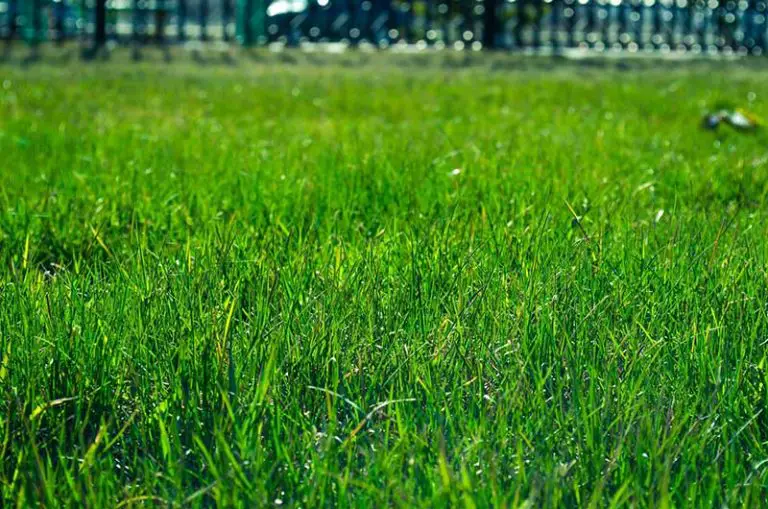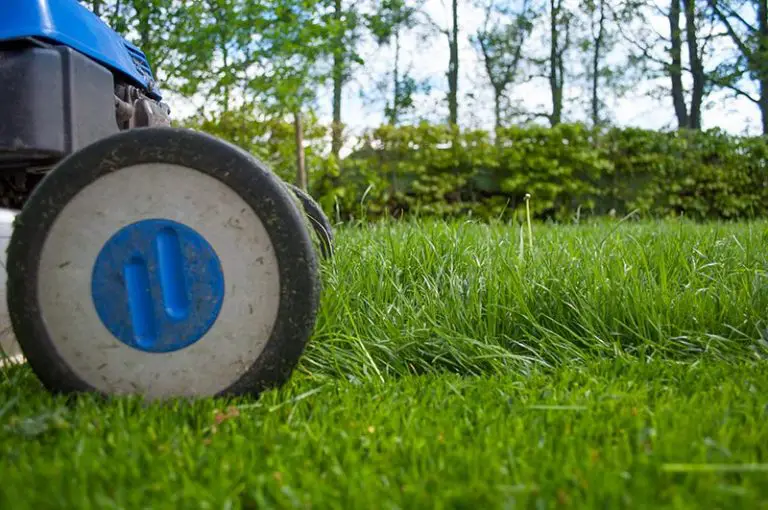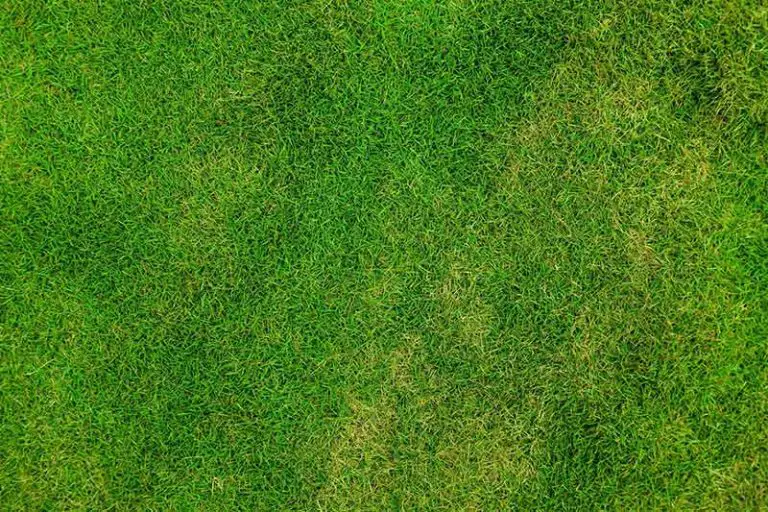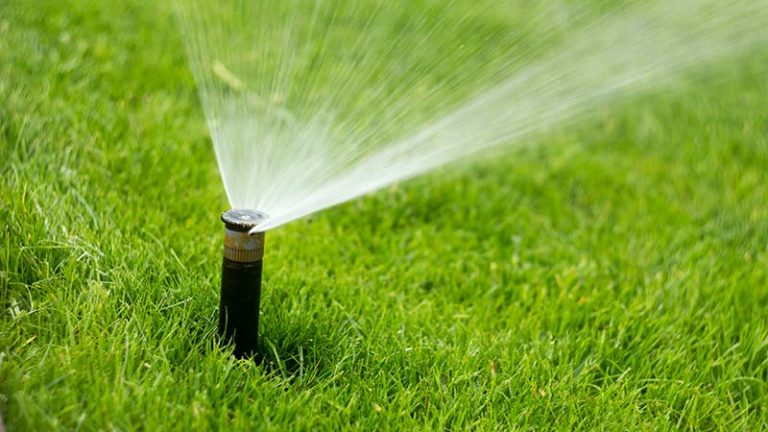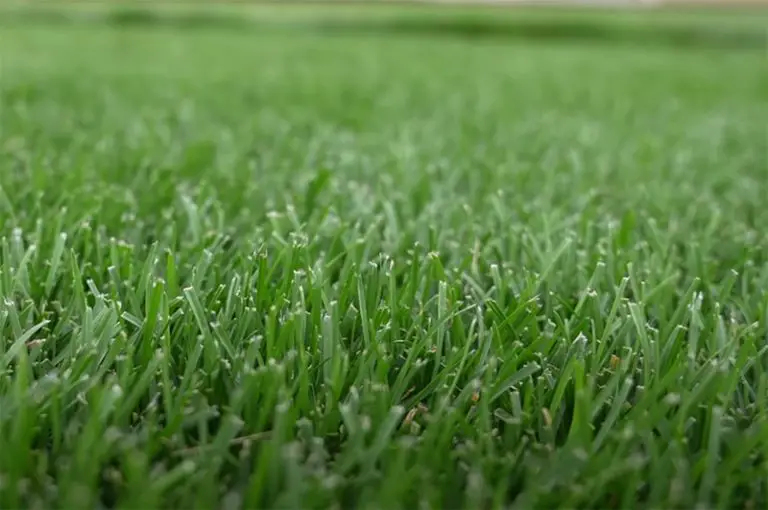When is it Too Late to Plant Grass Seed?
When it comes to gardening, timing is very important. Knowing when the best time of year to plant certain seeds can drastically impact your garden’s health and looks. Whilst the answers may seem fairly obvious, there are plenty of circumstances that can change and affect your seeds’ growth.
It’s usually advised to plant grass seed in the early fall, as the sun is less likely to blister the lawn, and there are a few months for it to become adjusted before freezing weather begins to set in. When it comes to planting grass seed, finding the right balance is necessary.
As a result, if the weather is likely to start negatively affecting the newly-planted grass seed, it means it’s too late to plant. This often happens during the winter and late fall, in which temperatures of the soil can drop below 45 degrees fahrenheit. Cold temperatures and frost will easily kill grass seedlings, preventing them from growing at this time of year.
What is Grass Seed?
All plants grow from some type of seed, regardless of how abundant they are. Grass is no different, and even though we very rarely see grass seed in the wild during walks or other activities, it is ever-present. Grass seed is, of course, what grass grows from. It’s a small, oftentimes round seed that is easily spread and easily found in garden stores and hardware stores. It can be used for filling out bald patches in your lawn or for thickening your grass up by adding extra density to the lawn. Grass seed is affordable, easy to plant and incredibly useful to have when your lawn starts to look like it needs some TLC.
When Should I Plant Grass Seed?
Grass seed should be planted when there is less likelihood of any extreme weather occuring. This could mean anything from a heatwave during the height of summer, to frost and snow in the winter.
Grass seed is best planted during time of the year when weather will not negatively impact its growth. It is best planted during early fall or early spring, when the occurrence of frost or intense heat are still a few months away.
Benefits of Sowing Grass Seed
Sowing grass seed can have a number of benefits, whether or not your lawn is looking a little worse for wear. Sowing grass seed can give your lawn a thicker and healthier appearance, and help it sustain itself better through periods of extreme weather. It can help combat certain lawn diseases, as a healthier lawn is better at preventing them from taking hold.
If you have pets, such as dogs, you may notice the lawn becoming a little worn out over time. Sowing new grass seed can help combat this by introducing new and fresh grass to your lawn.
If growing more grass seed appeals to you, learning how to plant grass seed could be beneficial.
How to Care For Grass Seed
Knowing how to nurture your grass seeds will also improve its appearance and density. There are several steps that can be taken to ensure your grass seed growth is as good as it can be.
- Cover your grass seed – Once laid out, you can use topsoil or straw to cover your seeds to ensure that birds or other garden creatures don’t make a quick meal of it. Grass seed will still grow if not covered, but may be compromised.
- Water your grass seed adequately – Knowing how often to water grass seed can help it grow better. It, of course, depends on the climate, type of grass seed you have and your methods of watering.
- Sowing at the correct time – Knowing when to sow your grass seed will reduce the risk of it dying or failing to grow.
- Make sure your soil’s pH is good – The pH levels of your soil can mean different things for your grass, and affect its growth significantly.
Making sure you know what type of grass you have before beginning to grow grass seed can help you tailor your methods correctly.
Storing Grass Seed
If you’ve missed the deadline for sowing grass seed, you can store it safely for future use. Grass seed can last a few years in storage if kept in the correct conditions. This can include making sure that your grass seed is stored in an adequate container, such as a rodent-proof but non airtight container. If your grass seed is unopened, it’s perfectly fine to store it as it is.
Grass seed should be stored somewhere that is cool and dry, and free from any humidity. This is to ensure air circulation, preventing seeds from growing fungus. Grass seed can go bad if stored incorrectly or for too long, so it’s important to double check your grass seed when removing it from storage for any physical changes to it which suggest it’s no longer viable. This can often mean inspecting for discoloration and/or fungi growth on the seeds themselves.
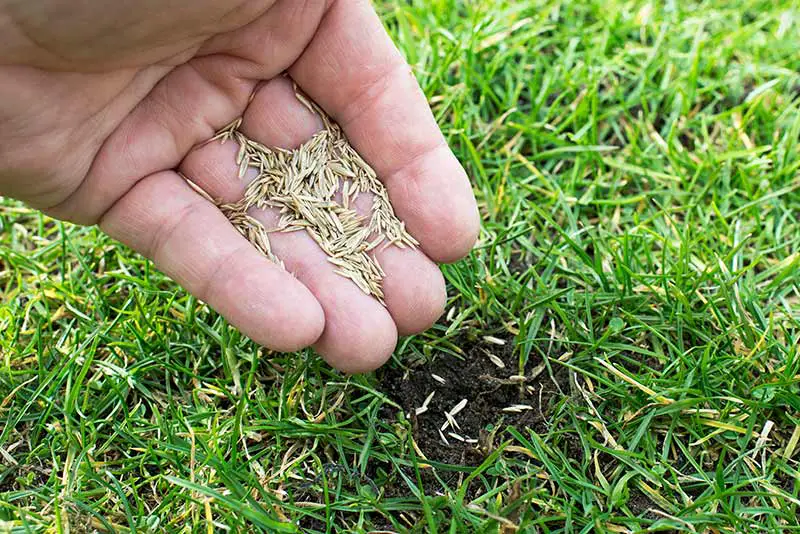
How to Tell It’s Too Late to Sow Grass Seed
If you’re still unsure of when to sow your grass seed, there are ways you can determine whether it’s too late or not. You can do this with general estimations, such as the time of year it is, or you could test the temperature of the soil. In order for grass seeds to germinate, the soil temperature should be that of at least 45-50 degrees fahrenheit. Seeds can also grow in temperatures of 50-65 degrees fahrenheit, which is often their limit.
If the climate has cooled below 45 degrees fahrenheit and is not going to get much warmer, it’s a good sign that it is now too late to sow grass seeds. On the flip side, if you were planning on sowing your grass seeds in spring before summer, it may be too late if the temperature of your soil exceeds 65 degrees fahrenheit.
You can test the temperature of your soil using an instant-read thermometer. Simply press the probe as deep into the soil as it will go, to ensure the most accurate reading. You can do this a few times in the day to see how the temperature changes throughout.
It’s also worth considering the weather when contemplating sowing grass seeds. Grass seeds can be stubborn and refuse to grow adequately in adverse conditions. This is often why people opt to plant their seeds during fall, as the weather is usually calmer and there are less risks from tropical storms. If the temperature is correct but you have hurricane, heavy rain or tornado warnings in the area, you might find yourself needing to delay planting. Whilst grass seed may be able to germinate during this weather, it’s impossible to tell if it will grow healthily. Many experts believe that adverse weather conditions during the early stages of grass’ lifecycle can lead to damaged grass that doesn’t grow or mature correctly.
How Much Grass Seed Per Square Foot?
How much grass seed you need to sow can sometimes be a confusing topic when it’s brought up. In fact, there are so many factors to consider when sowing grass seed that people often just use their best judgement. However, taking into consideration some of the aforementioned factors can help you make that decision.
When sowing grass seed, there are a few things to take into consideration. These things include the type of grass you have, how healthy and dense your lawn already is, the time of year, the weather, and how likely it is to be eaten by birds or other animals once thrown to the ground. Only you know the answer to most of these questions, so it’s important to think about your own circumstances.
Generally speaking, most grass seed calculations are made with acres in mind. With that being said, the most common measurement given is 8-15 pounds per seed per acre. This, of course, changes depending on circumstance, and is best used as general guidance whilst you make your own discretions.
Final Thoughts
Grass seed can be fickle and stubborn. It will grow successfully in certain conditions providing the soil is the correct temperature. Whilst there are many different types of grass, each with their own requirements, they generally share the same desire to be left in the perfect temperatures to germinate. The best time of year to plant grass seed is during the beginning of fall. If left too late, you run the risk of it not germinating or growing into significantly flawed grass.

